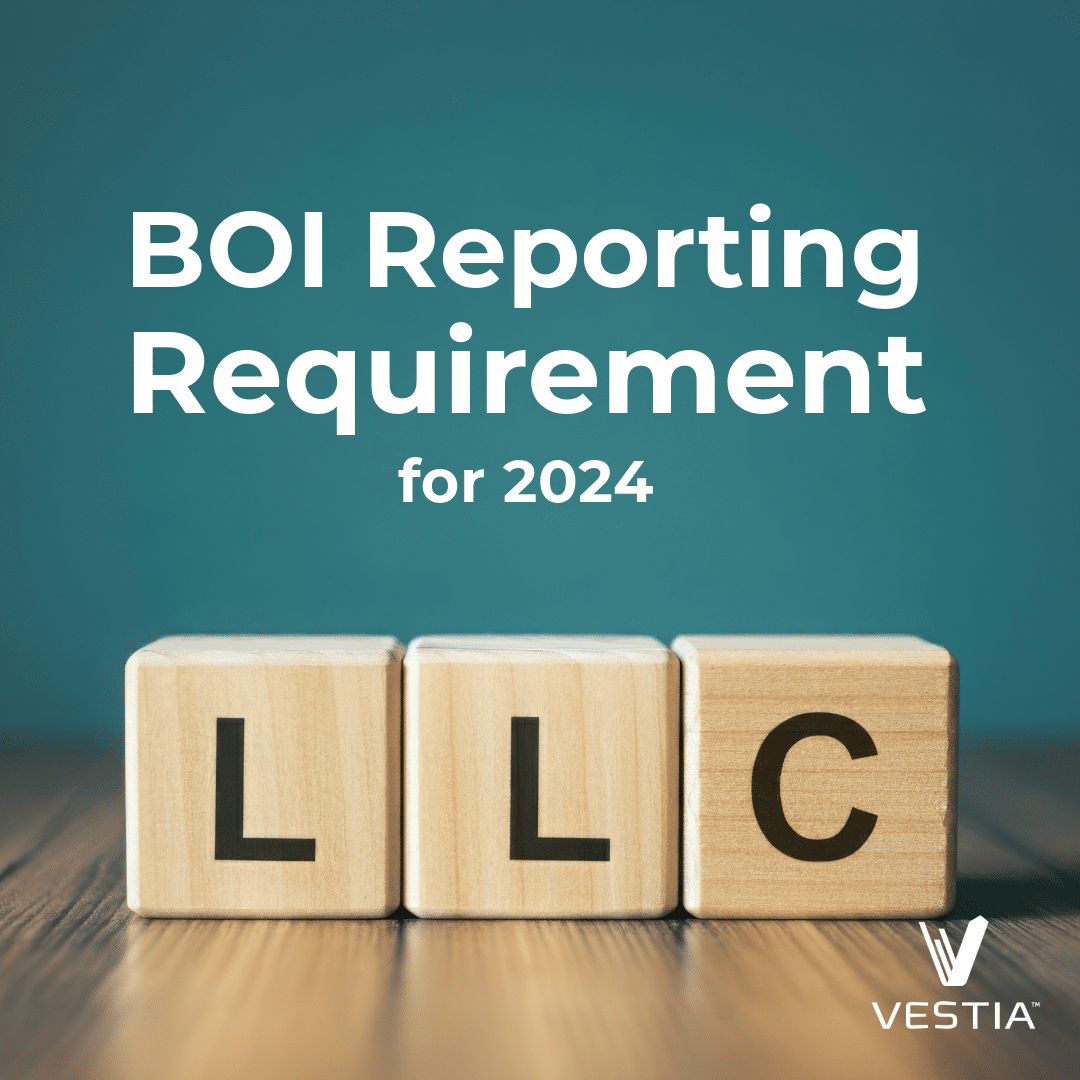Do you earn too much to contribute to a Roth IRA directly?
You’re not alone!
Many doctors reach these income limits early on in their careers, but that doesn’t mean that the door to a Roth is permanently closed. Let’s check out some strategies high-earners can consider to increase access to this coveted account.
Take A Look At A Roth Conversion
A Roth conversion is perhaps one of the most well-known and straightforward strategies available. This strategy allows you to convert all or a portion of a traditional account (IRA, 401k, etc.) into a Roth account.
You’ll pay taxes on the conversion, but the long-term tax benefits (tax-free withdrawals in retirement) could be worth it, especially if tax rates should increase in the future.
Why Roth Conversions May Be Beneficial
A Roth conversion strategy can be particularly effective for doctors just coming out of residency or fellowship. With half a year of low training income and half a year of in-practice income, this group tends to stay in a reasonable tax bracket, opening up an opportunity that year to convert any training 401ks/403bs into Roth IRAs.
Backdoor Roth IRAs can be excellent options for physicians because there is no income limit to initiate a conversion, nor is there a limit on how much you can convert. In 2021, you can directly contribute $6,000 (with an extra $1,000 if over 50) to an IRA. But by converting the funds, you can go well beyond that limit, as long as you have the funds to pay the tax bill.
Another great benefit of converting funds to a Roth is that gains and withdrawals are tax-free. Since doctors often continue earning more throughout their careers, they’ll likely be in a high tax bracket when they retire. Maximizing tax-free withdrawals can only help give doctors more flexibility and freedom to spend their money in retirement.
Roth IRAs are also wonderful estate and legacy planning vehicles. If it’s a qualified account, your heirs won’t have to pay taxes on the distributions, making it an excellent way to pass down wealth efficiently.
Roth Risks Physicians Should Consider
But, Roth conversions aren’t perfect. Most notably, you have to pay income tax on any pre-tax amount converted. You want to be careful that doing so doesn’t push you into a higher tax bracket.
Higher tax brackets come with steeper tax payments but may lead to other taxes elsewhere like net investment income tax, alternative minimum tax, among others.
A higher tax bracket could lead to increased Medicare premiums (Part B and Part D) and more taxes on Social Security benefits if you’re retired.
A backdoor Roth can be a great way for high-income earners to reap the tax benefits that a Roth IRA offers. Unfortunately, there are talks that the backdoor Roth might be eliminated for high-income earners as the administration works on a new tax bill. If changes to Roth IRAs are in the works, it may make sense to take advantage of a conversion while tax rates are lower and you’re still eligible to do one.
Roll Over IRAs Into Qualified Retirement Plans
Since physicians move around for training often (especially early in their careers), it’s common for them to have at least three accounts to consolidate when they begin to practice. Retaining old IRAs, 401(k)s, or other retirement accounts can cause confusion when building a long-term investment strategy.
Many doctors find it beneficial to roll over their old accounts into their current employer’s plan or a separate IRA. A rollover IRA is a transfer of funds from a pre-tax retirement account into a traditional IRA. Moving the funds to a singular IRA can open up more investment opportunities and keep the funds safe if you switch employers.
Asset protection is essential for doctors, so you should use a specified rollover IRA to maintain the security of the initial retirement account when you are rolling out of a qualified plan.
We once had a client who had six different jobs before he found a good long-term fit! While that was quite the consolidation effort, direct rollovers protected his money and kept him on track to reach his goals.
Contribute to a Roth 401k
It’s not uncommon for 401k providers to offer Roth options. Unlike IRAs, a Roth 401k doesn’t have income phase-out limits. Earnings grow tax-free, and you won’t have to pay taxes on withdrawals after you’ve had the account for five years and once you’re over the age of 59 ½.
It may be beneficial, especially early on in your career when you’re in a lower tax bracket, to prioritize Roth contributions. The percentage you contribute to each may vary over time, depending on income and realized gains. It’s important to note that the annual contribution limit ($19,500, with an extra $6,500 for those over 50) applies across all of your 401k accounts, not to each account individually.
This strategy may become more valuable if the backdoor Roth goes away! It’s important to work with an advisor to decide how to balance between tax deductions now versus tax-free distributions later. Doctors in training with access to retirement plans should thoughtfully consider Roth contributions due to the low tax bracket (the one silver lining of that low training income!).
Why Roth Dollars Benefit Doctors in The First Place
Roth accounts are excellent long-term savings vehicles and can be an excellent way to manage your tax responsibility in retirement. Doctors tend to earn more as they progress through their careers, meaning it’s possible they could retire in a higher tax bracket than they anticipate. Maximizing future tax-free withdrawals can increase your retirement savings and extend the longevity of your investments.
You can also think about it like this: a dollar in a Roth account at retirement means you can spend a dollar. A dollar in a pre-tax account in retirement has an uncertain outcome.
Part of this consideration is how much income you need in retirement, and the other part of it is tax rates—and tax rates can vary greatly. Those Roth dollars really mean we have complete control over how much we have to spend!
Roths May Help You Retire Earlier: A Client Case Study
We worked with a father and daughter who were both physicians. The father managed his own accounts through his entire career and had all his investments pre-tax. He did a great job saving and investing, but taxes made a big dent in his withdrawal projections when he came to us to ask if he was in good shape to retire.
His daughter worked in the same practice but started working with us from the beginning of her career, and she is on track to be ready for retirement a solid five years sooner (similar savings pattern and spending goals) due to the addition of Roth in her plan!
Be Strategic Now For The Future Ahead
As a high-income earner, it can be challenging to decide on the best options for retirement savings. Before attempting to do it alone, consider seeking out professional investment advice from our team at Vestia. Our team can guide you in the right direction based on your current income, future projections, and investment goals. Get in touch today.
Disclosures
Investment advisory services offered through Vestia Personal Wealth Advisors, Vestia Retirement Plan Consultants, and Vestia Advisors, LLC. Securities offered through Ausdal Financial Partners, Inc., 5187 Utica Ridge Rd, Davenport, IA. 52807 (563)326-2064. Member FINRA/SIPC. Vestia Personal Wealth Advisors, Vestia Retirement Plan Consultants, Vestia Advisors, LLC, and Ausdal Financial Partners, Inc. are independently owned and operated.
This material is intended for informational purposes only. It should not be construed as legal or tax advice and is not intended to replace the advice of a qualified attorney or tax advisor. This information is not an offer or a solicitation to buy or sell securities. The information contained may have been compiled from third-party sources and is believed to be reliable.



